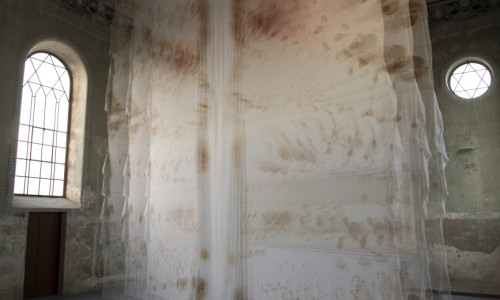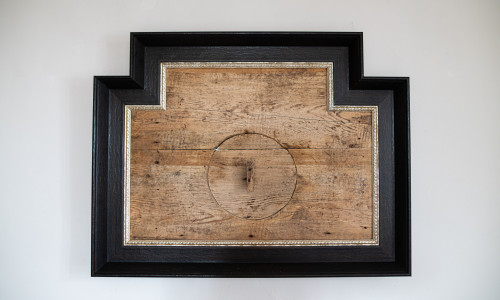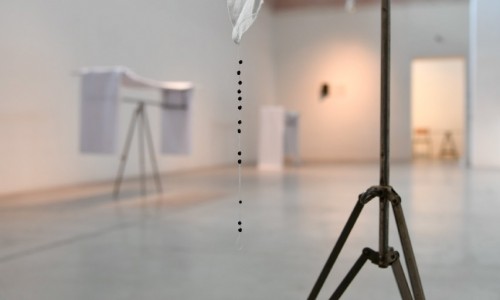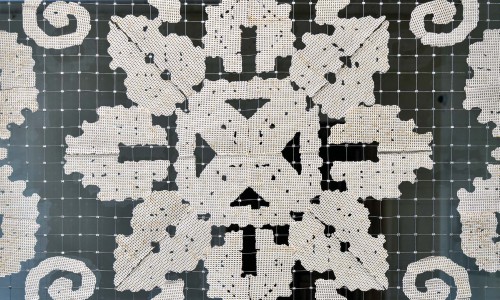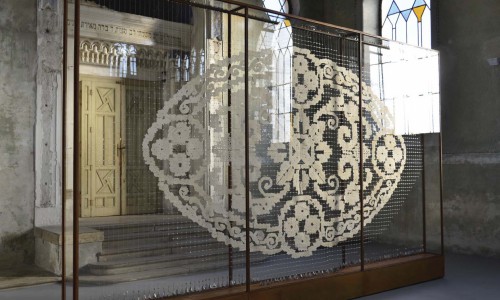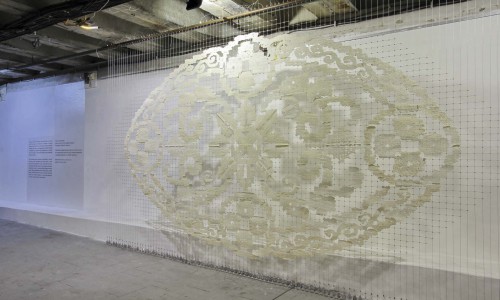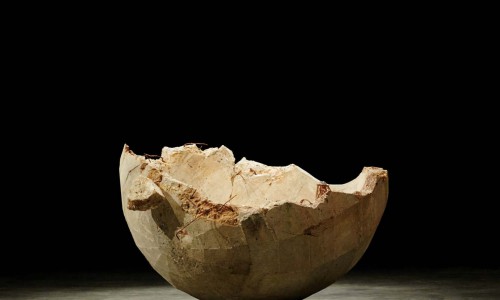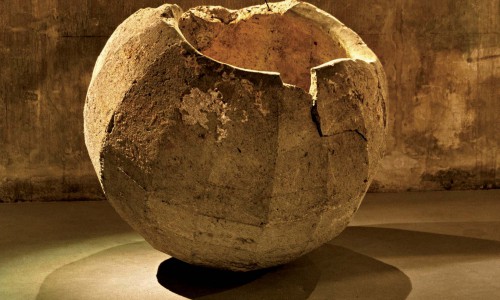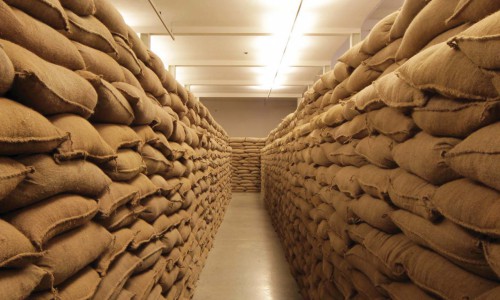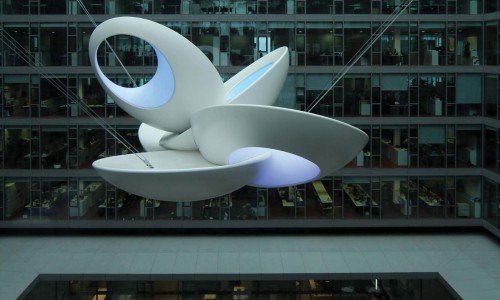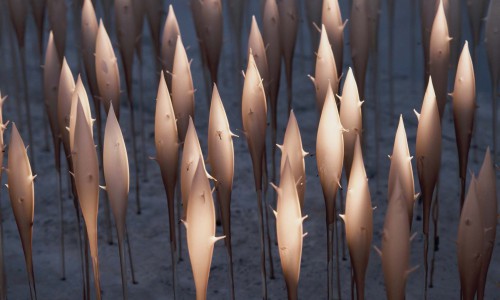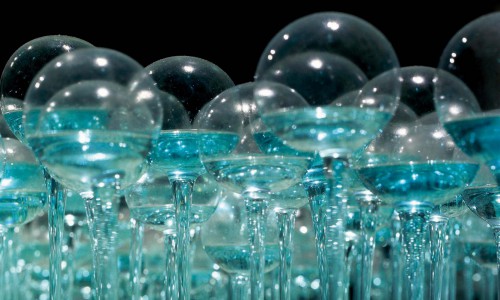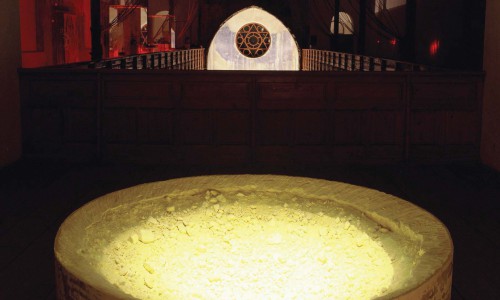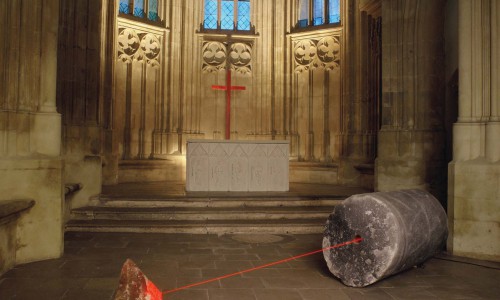Meadow -Heavenly stones
Monika & Bohuš Kubinskí
At Home Gallery synagogue Šamorín
2024
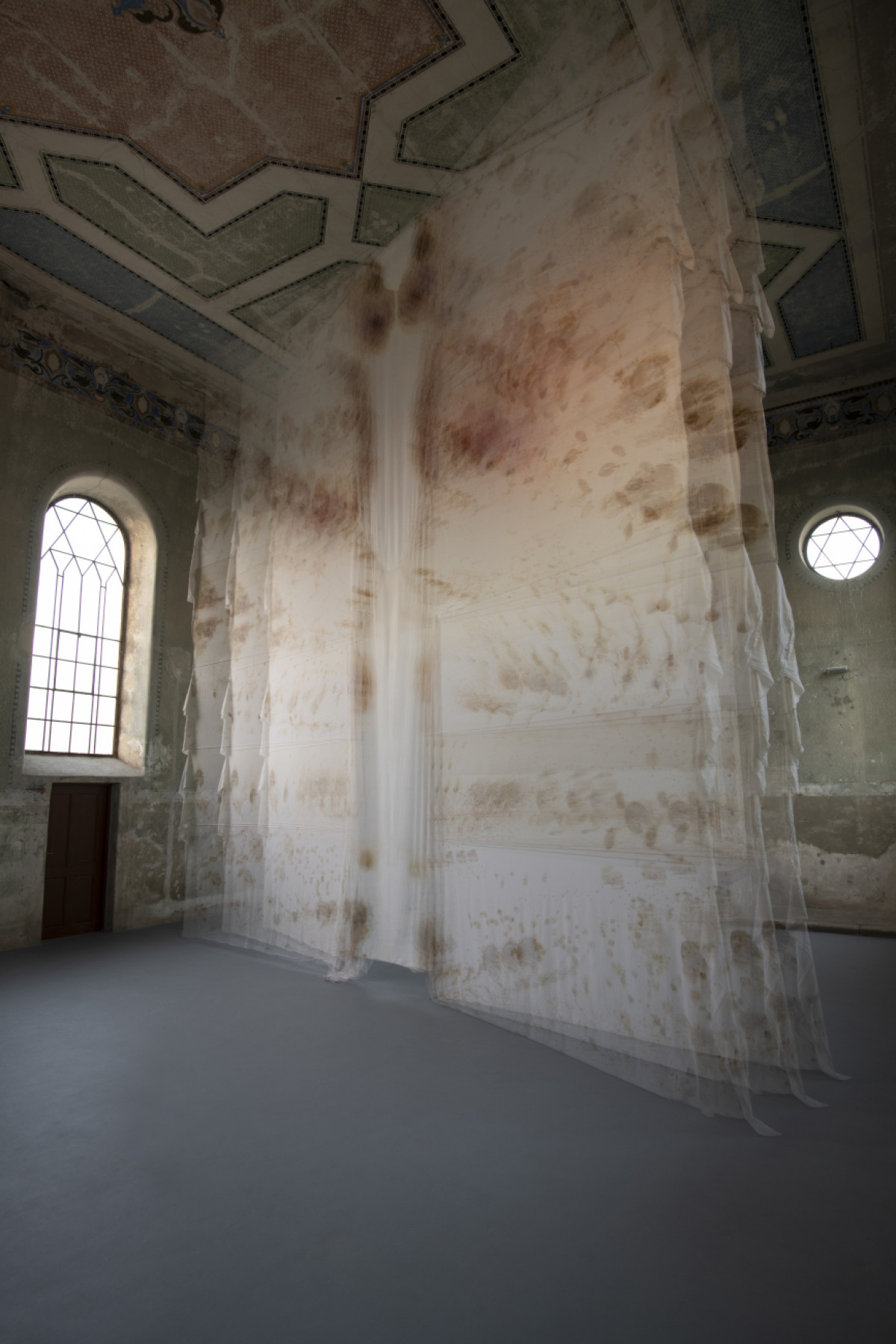
Meadow
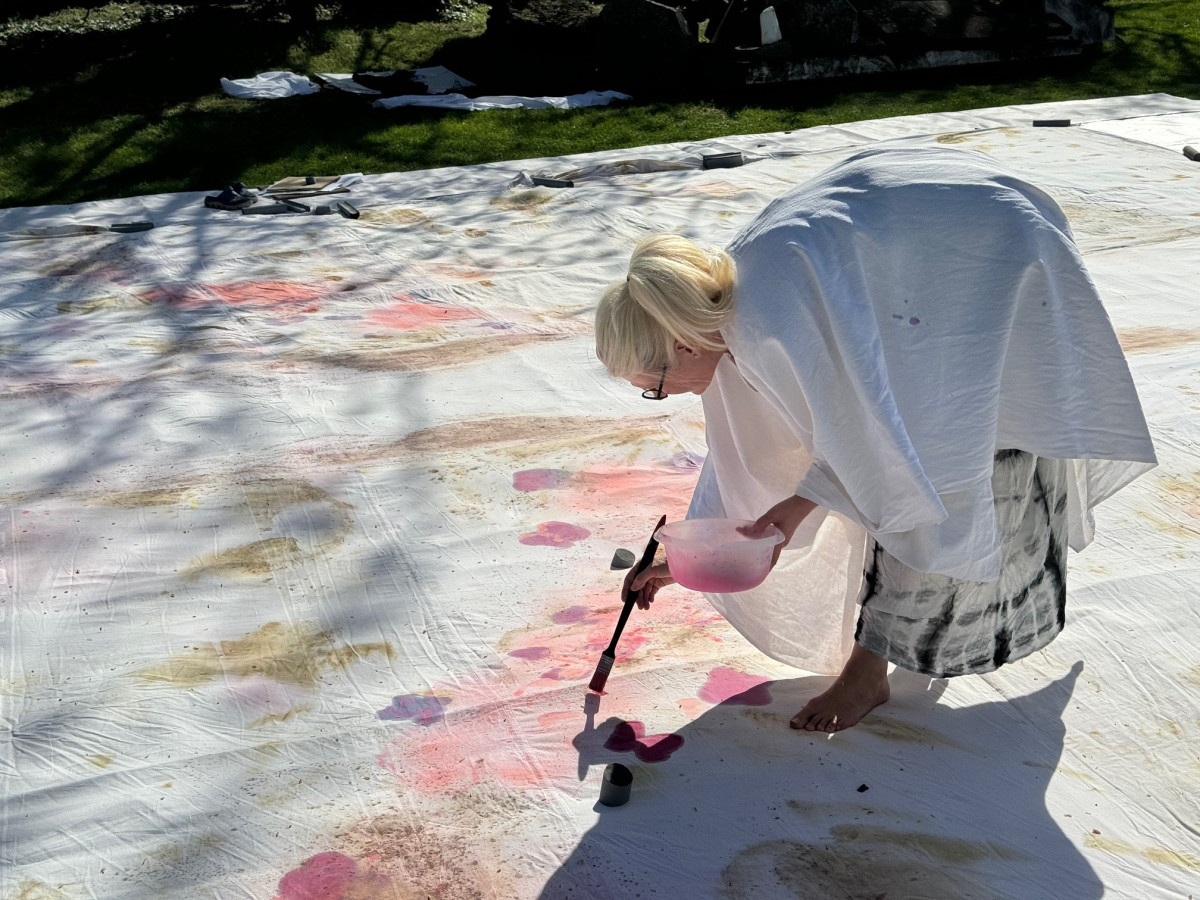
Meadow - in process
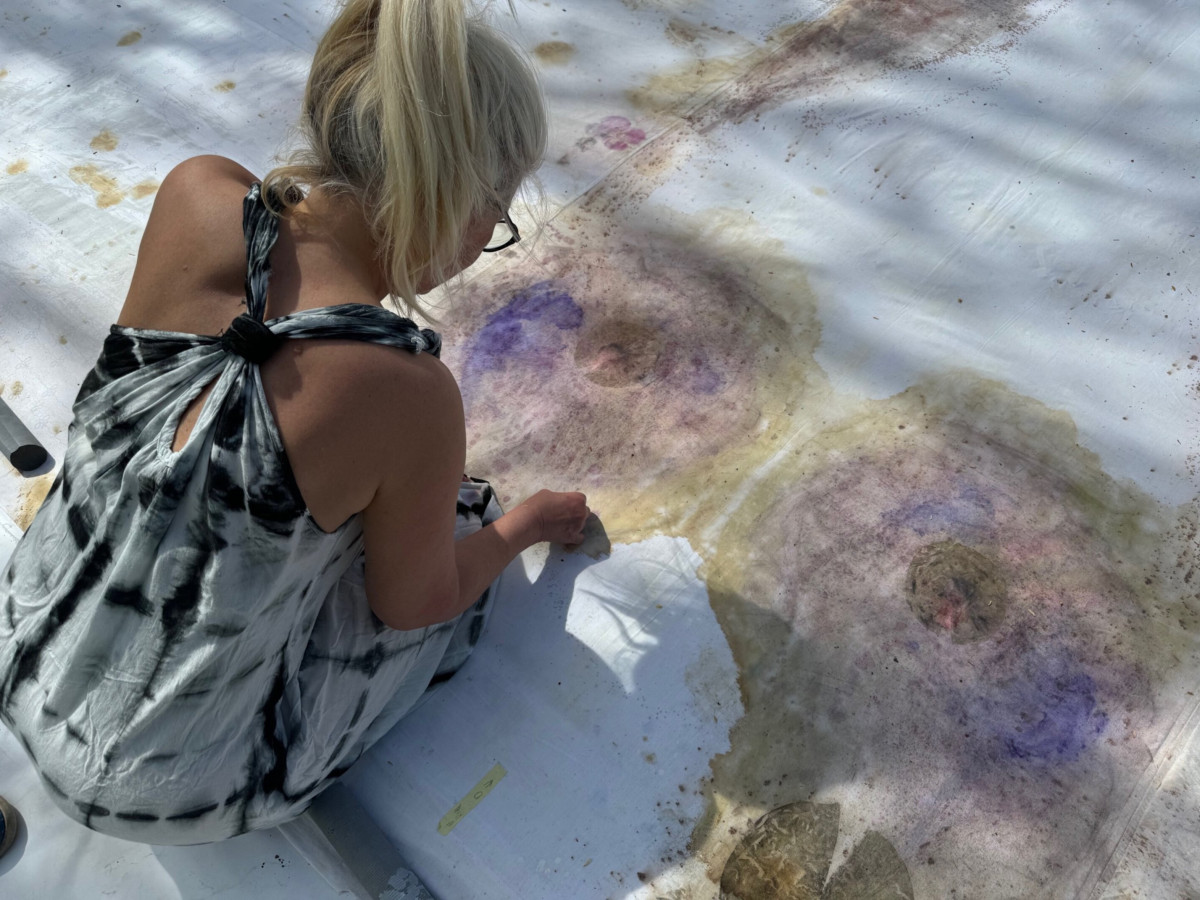
Meadow - in process
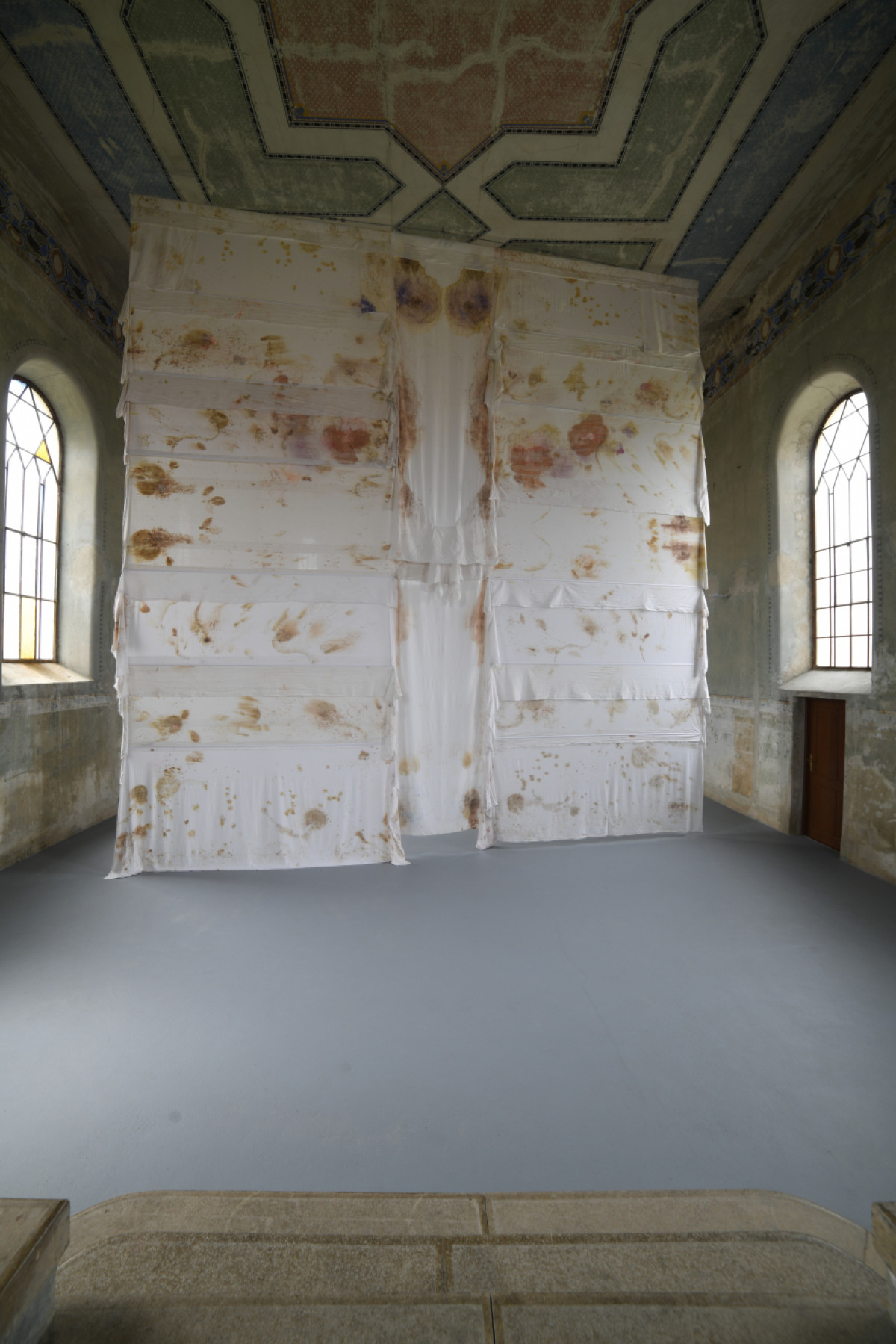
Meadow
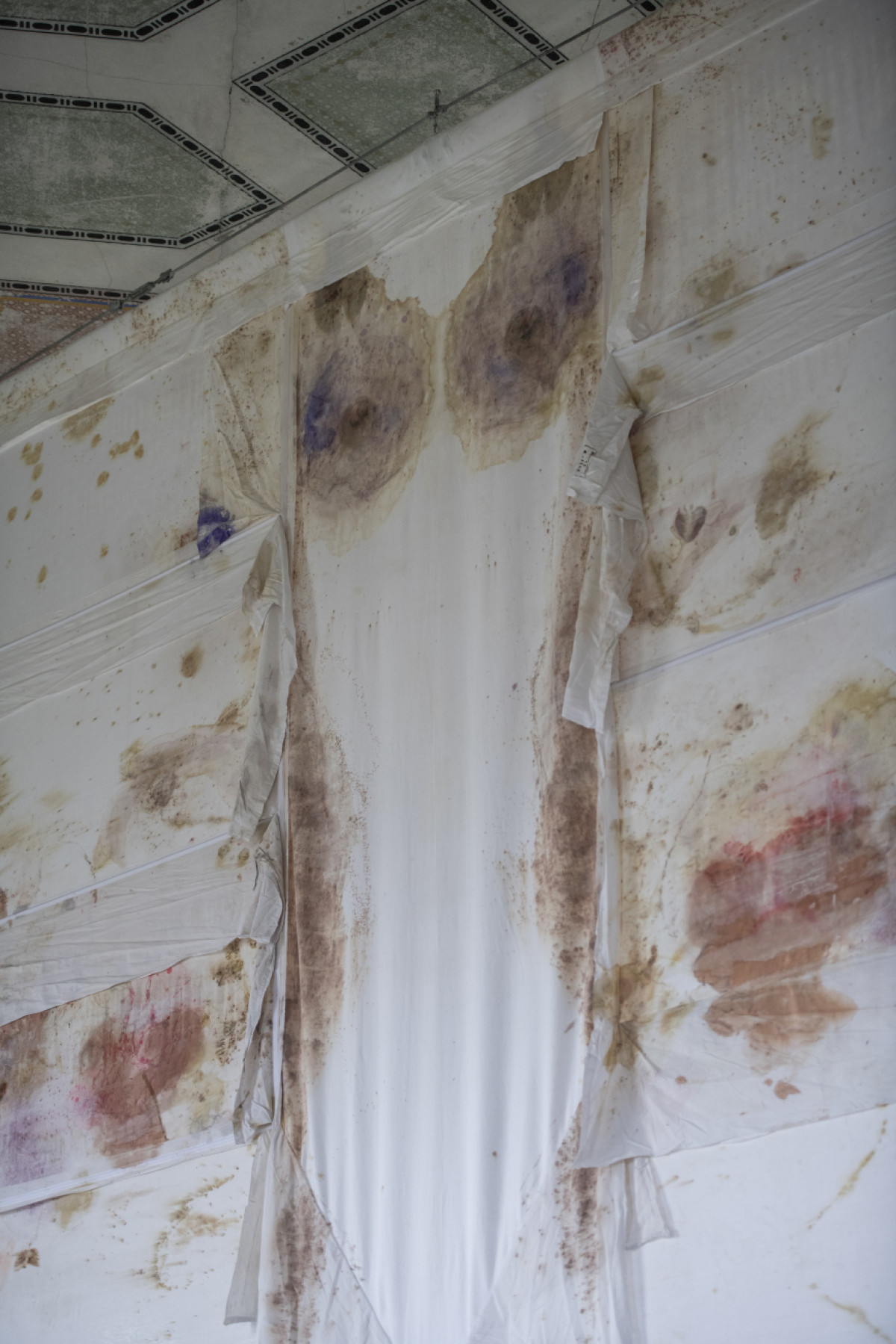
Meadow - detail
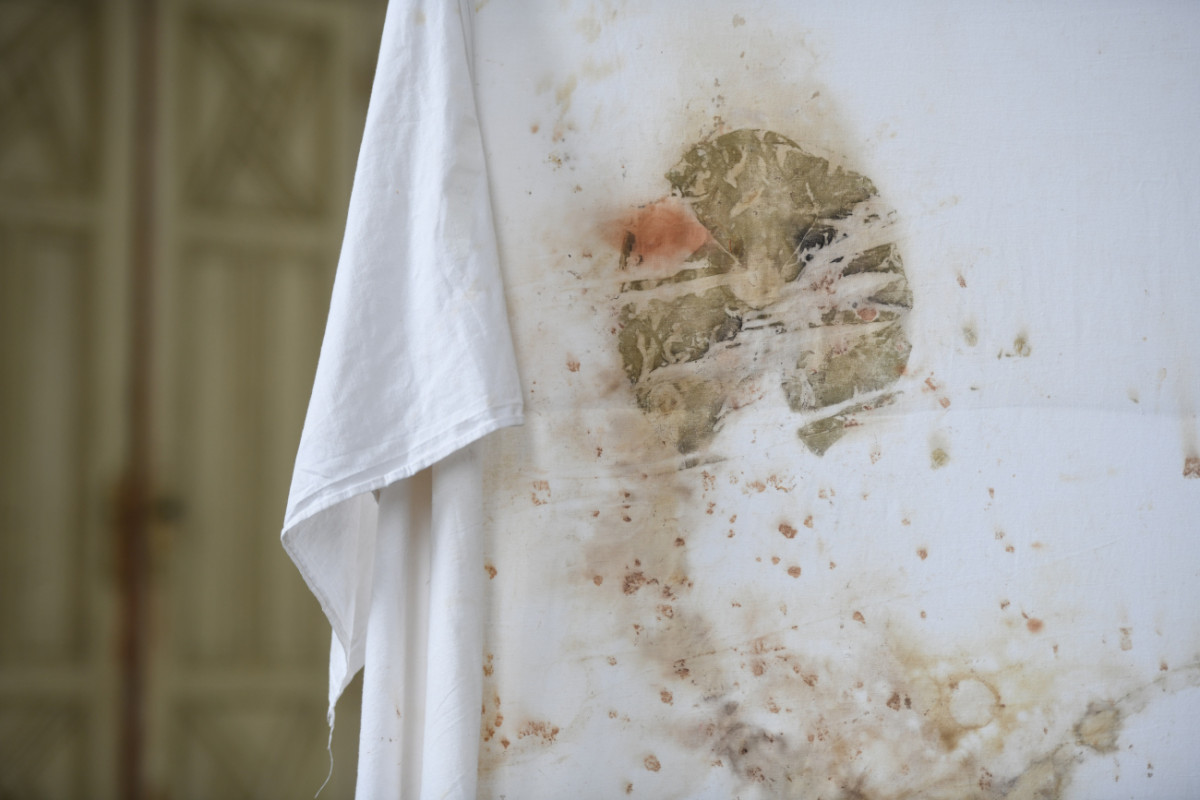
Meadow - detail
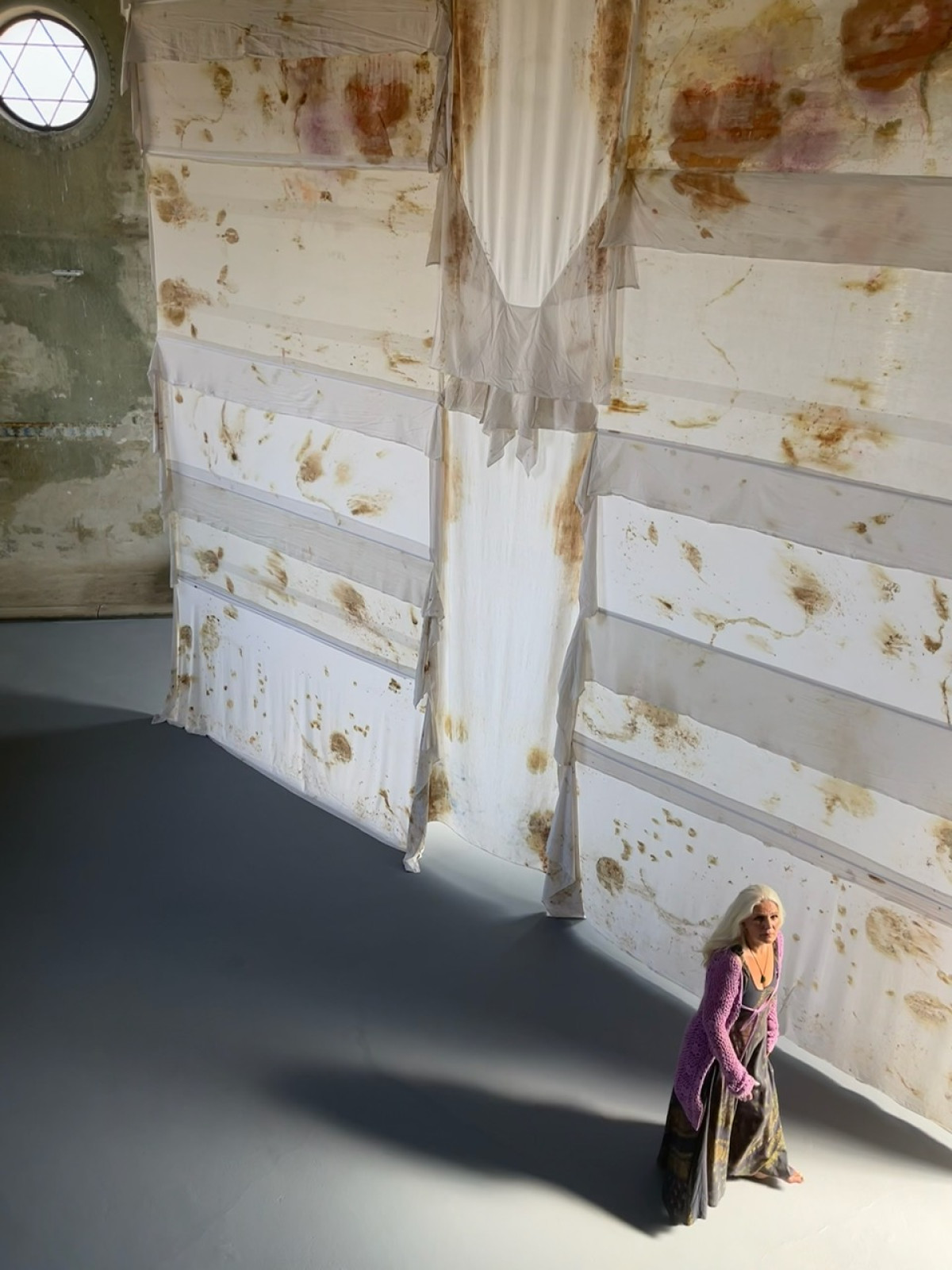
Meadow
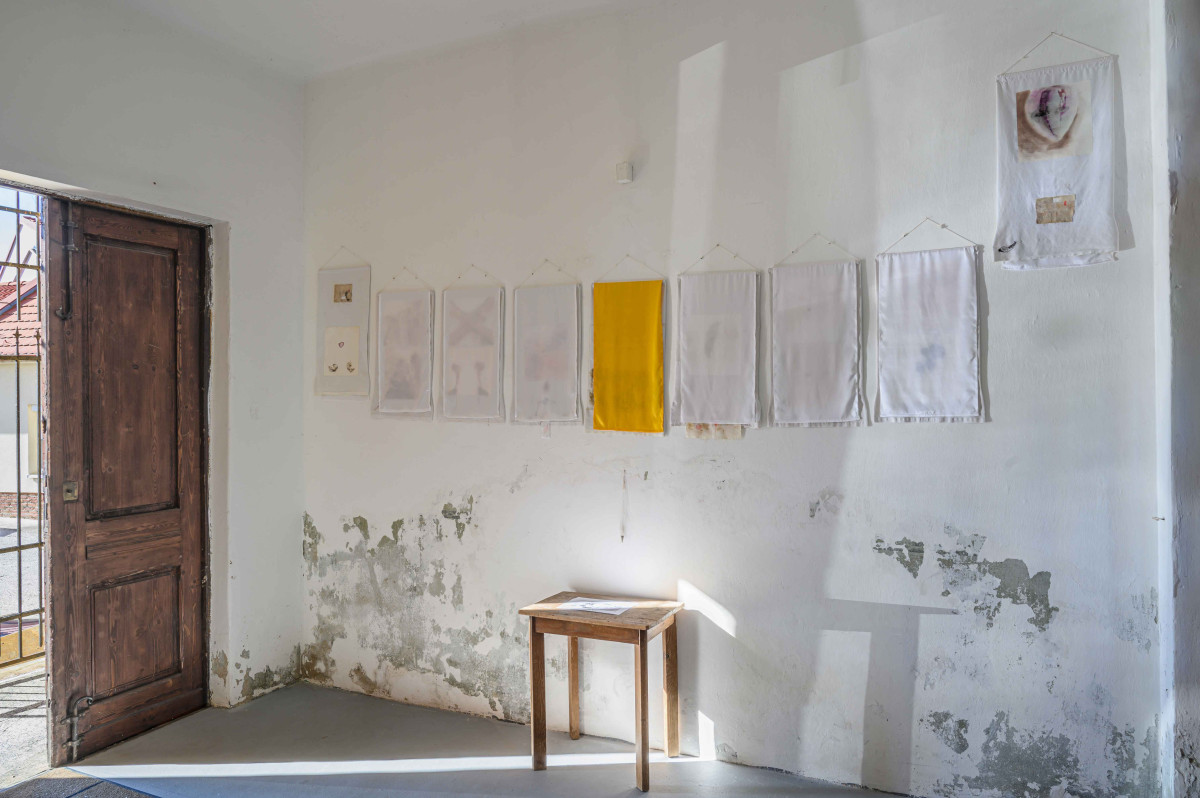
Thangka - installation
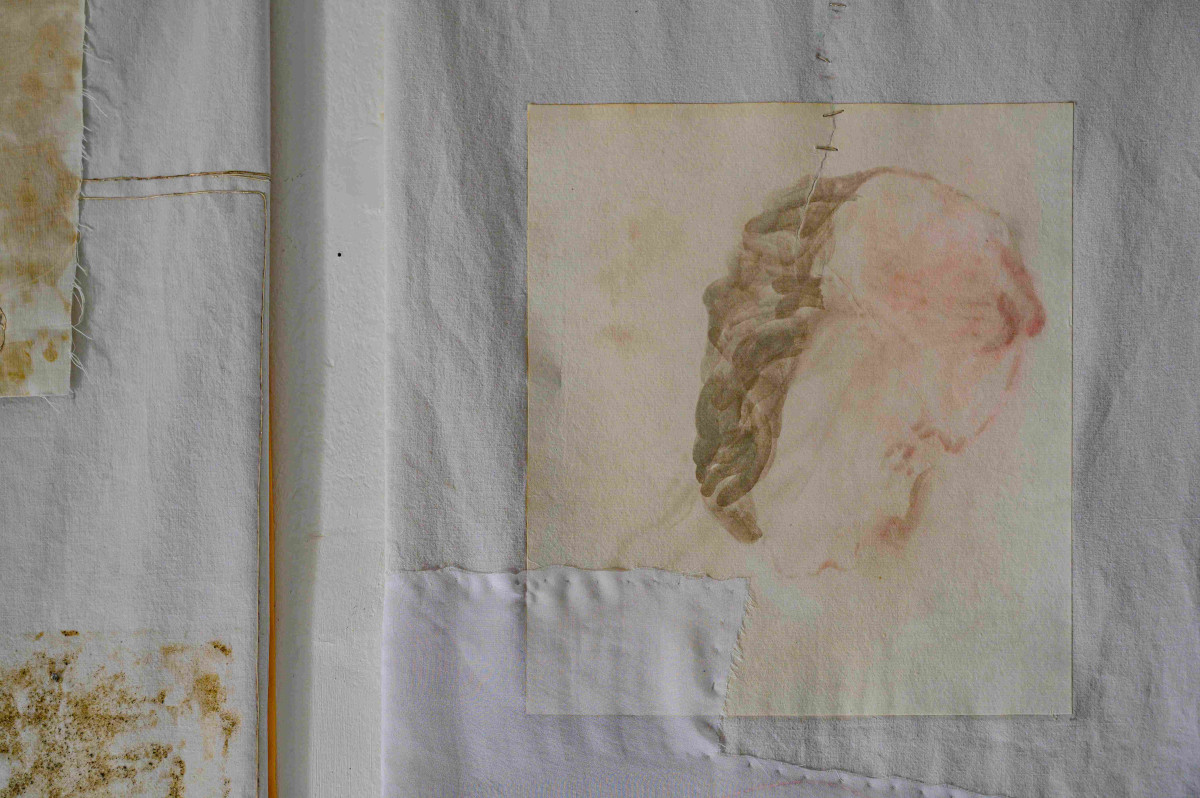
Thangka - detail
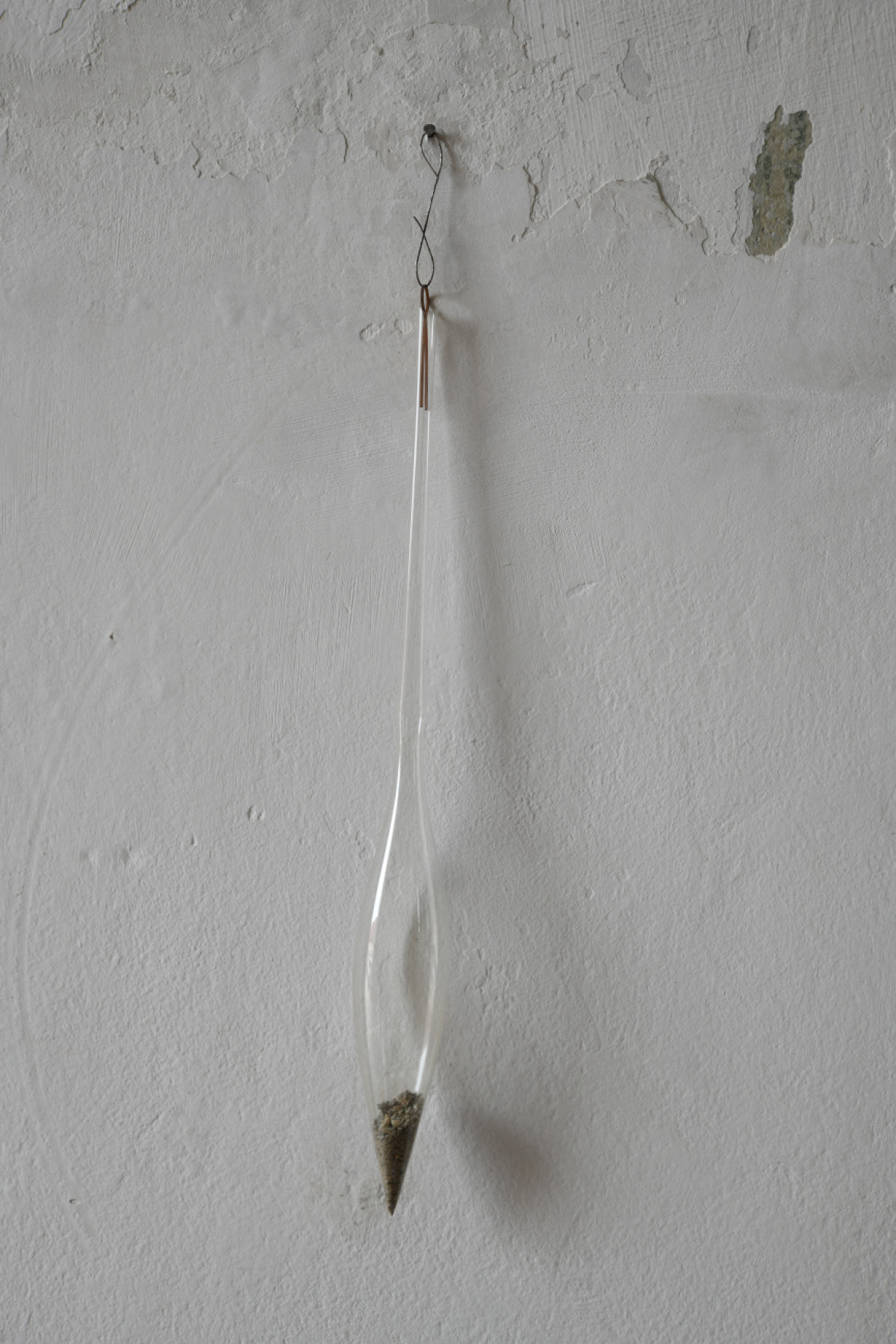
Thangka - installation detail
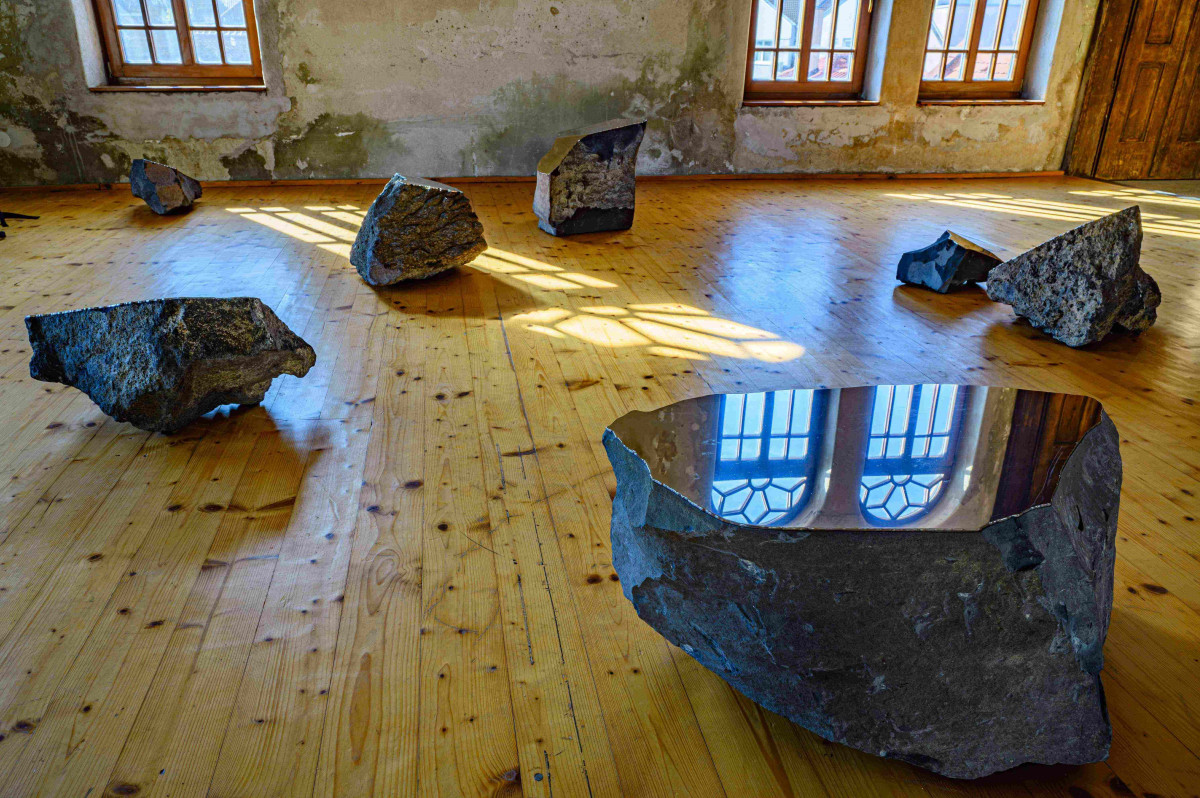
Heavenly stones - installation
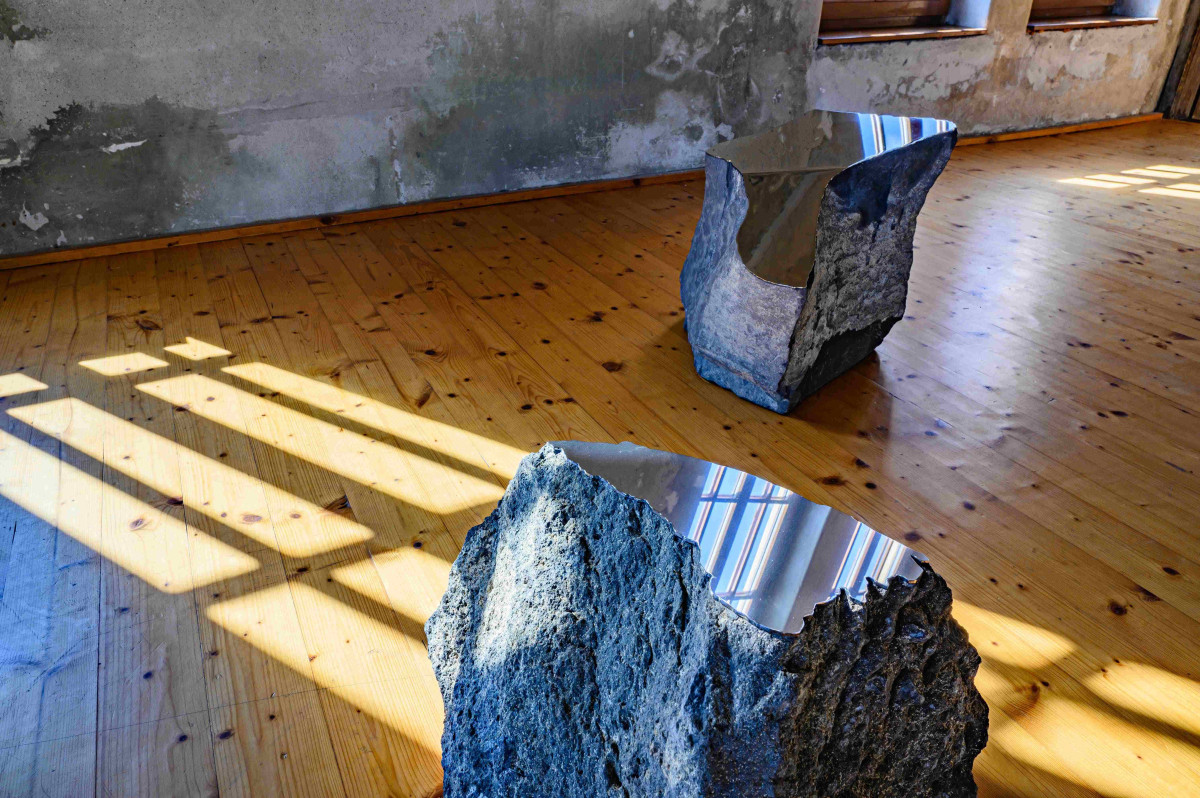
Heavenly stones - a view of the installation
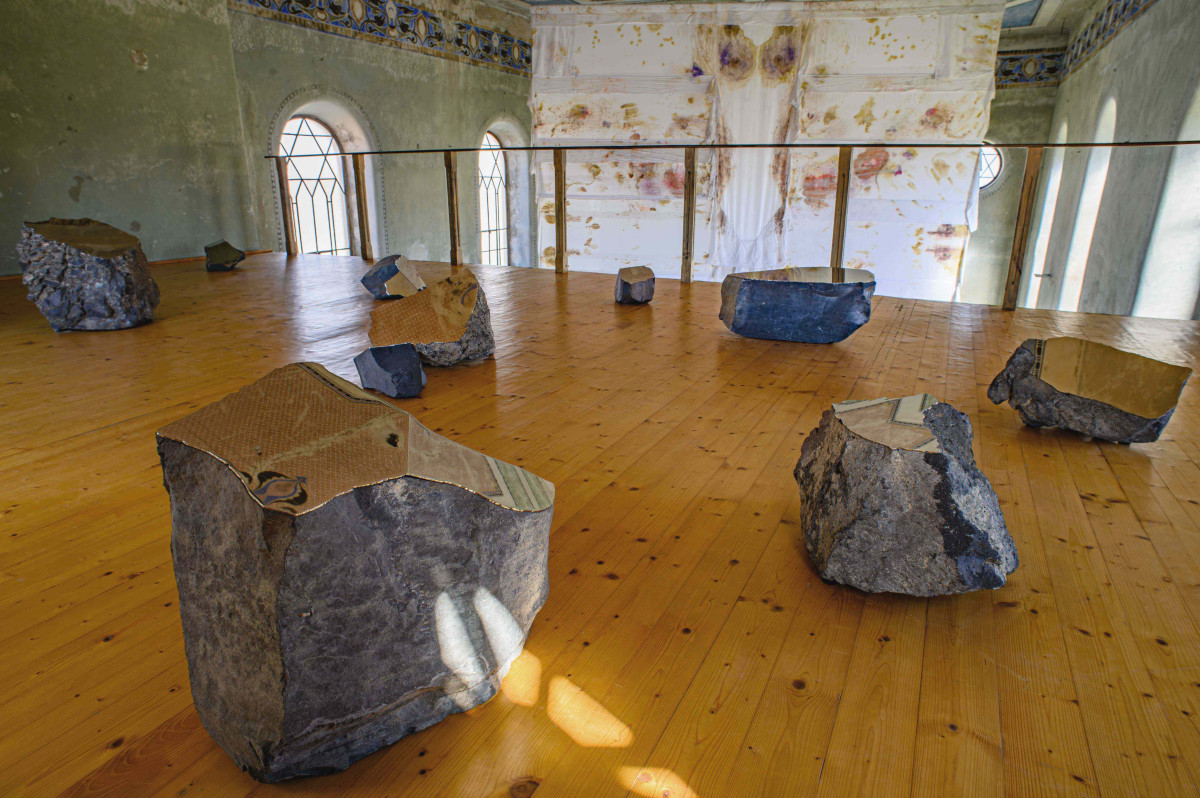
Heavenly stones - installation
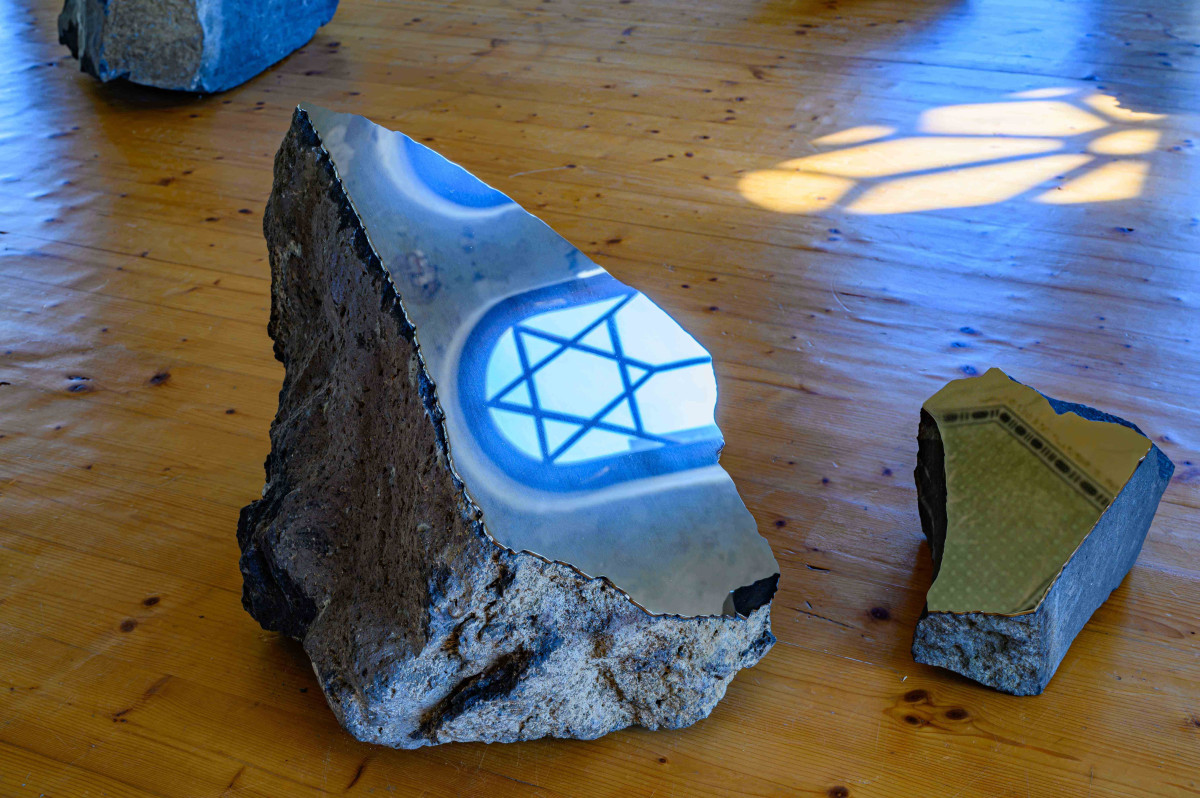
Heavenly stones - a view of the installation
MEADOW HEAVENLY STONES
The married couple Monika and Bohuš Kubinský present their new projects in the space of the Šamorín Synagogue/At Home Gallery. The joint presentation of two autonomous installations aims to be not only an artistic presentation but also an opportunity for shared time, a celebration of simple life, and friendly relationships between people as well as between people and nature.
Monika Kubinská introduces herself with her creation Meadow. This monumental painting on textile is a physical object, but also a record of its long creation process and an open offer for a live audience experience. The base of the painting is made from bed linens that carry memories of the most intimate and vulnerable moments experienced in bed. These are discarded bed linens from a railway dormitory. For the artist, it was important that the material carried positive emotions, an essence of hope for the future. Therefore, she did not choose, for example, hospital linens. Onto this surface, Kubinská gently enters
with painting that minimizes her own intention and gives space to chance through natural pigments, imprinted flowers, and the influence of the environment. The painting itself was preceded by a long period of exploring new techniques, testing colors, substrate reactions, and ultimately denying her own artistic ego, relinquishing perfect control, and patiently waiting. The materials used include imprinted plants gathered from the meadow, wine, tea, extracts from hibiscus, saffron, violets, or walnuts, and others. The result is a delicate abstract composition; an association of the “meadow”, which is not a realistic depiction, but rather a symbolic, intuitive record of its qualities (colorfulness, growth, decay, variability, interaction). Observant eyes will also find various other associations – for example, in the upper part of the canvas, the body of a goddess – the great mother. The textile object dominates the main space of the synagogue, complemented by movement and sound (music by composer Peter Zagar, created specifically for this occasion). The monumental dimensions and gentle rotating movement, which also reacts to drafts and breezes, resemble a ship’s sail.
The composition by Peter Zagar entitled "Meadow – Heavenly Stones" creates abstract sound spaces that gently complement the resonance of the visual objects. In his own words: "Music is an abstract art whose content is expression. When we say that a piece of music is calm, mysterious, or explosive, we are not saying anything about the qualities of the sounding tones themselves, but about the ability of music to evoke metaphors of these qualities in us. My music for this installation is an immersion into a world where large volumes of shapeless, translucent matter slowly move, and from time to time, a contour, line, point, or directed flow emerges within them. These discrete elements then live their own lives, levitating or slowly descending into depths that are inaccessible to us. Presented in this way, the metaphor can evoke, for instance, water and the feeling of movement within it. Water forms the framework in which the 'story', excitement, tremor, hesitation, stabilization, and many other 'events' take place."
In the entrance hallway, Monika's presentation is complemented (or rather introduced) by a series of smaller textile objects that are a paraphrase of the Tibetan Buddhist thangka – a hanging painting intended for meditation. A thangka is characterized by the main subject being covered with a layer of fabric (usually silk) and revealed only occasionally. The artist was inspired by this traditional form, into which she incorporated motifs from her own life and references to themes that are the subject of her spiritual contemplation. It is an abstracted yet personal reflection on her own life, historical and social events, and especially the inevitable transience.
Bohuš Kubinský has taken the space of the upper gallery with his installation, a space traditionally reserved for women. In this way, the couple has swapped roles – sculptor Bohuš has metaphorically "withdrawn" into a less exposed area. His project "Heavenly Stones" involves simply yet impactfully putting finishing touches to natural volcanic stones. By cutting selected surfaces and adding reflective material ("mirrors" – highly polished steel), the natural formations come to life, returning our gaze and reflecting the surrounding space. In the mirrored surfaces, we can perceive the architecture of the synagogue, reflections of the sky, and even ourselves. While Monika works with themes of fragility and ephemerality (the days of flowers are fleeting), Bohuš, on the other hand, chose a material that is, so to speak, eternal (at least from a human perspective). The weight, stability, and durability of the stones contrast with the varying life of plants. At the same time, the stones positioned "closer to the sky" in the synagogue space are inviting
us to gain perspective and reflect on what transcends us. The viewers can oscillate between these two extremes, contemplating what is transient and what is eternal in us.
In conclusion, it should be noted that both projects were immensely demanding in terms of production and required the participation of an entire team of people – from the artists to the music composer, tailors, structural engineers, and many others, including the gallery owners. (Not only) for this reason, we decided to emphasize the aspect of collaboration and community. We approached the vernissage as an opportunity for communal dining, to which each participant contributed their share – by bringing food, wine, flowers, or simply their presence. We perceive that in a divided and hurting society, a friendly gathering is perhaps the most important thing we can offer each other.
The space of the synagogue, the materials used, and the very nature of the artists evoke the ritualistic aspect of the entire experience. Recognizing (and admitting) one's own mortality and, at the same time, one's importance is a crucial initiatory moment that repeats in many traditions and religions. Ultimately, we often realize that what truly matters is the here and now – our relationships with loved ones, the respect and attention we can show to (not only human) beings.
